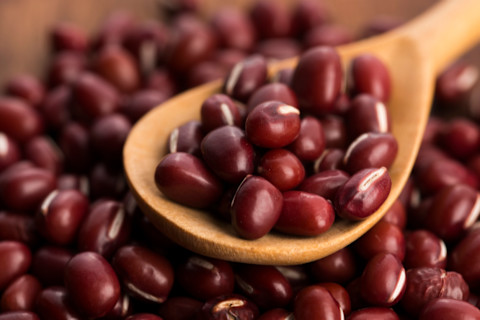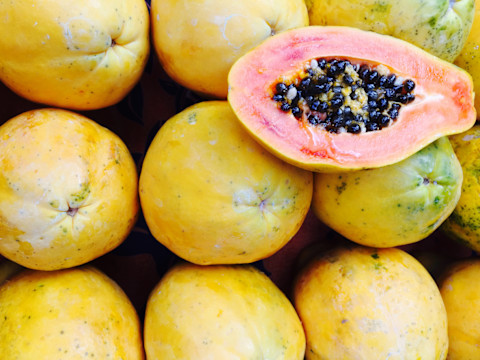
Why do you need to exfoliate your skin? Well, you're actually just accelerating a natural process called desquamation, in which our skin moves older skin cells toward the outermost layers of the skin, and they eventually slough away, leaving behind fresher, smoother skin. As we age, our skin becomes much less effective at desquamation: The matrix in which skin cells sit (like a biological glue that holds them together) becomes thicker and does not let go of older cells as easily. The result is a dull complexion with less of that healthy glow you had when you were in your teens.
So, exfoliation is one way you can help your skin stay up to speed with this natural process, restoring it to a brighter, illuminated appearance. The trick is to exfoliate the right way, with the right frequency. If done too harshly or too often, you will take away too many layers and expose other, less mature skin cells that are not yet capable of the demanding work required at the outer layers of the skin. Overexfoliated skin will appear red, irritated, and blotchy, and conditions such as dermatitis, acne, and rosacea can become more visible.
Maybe you're interested in getting rid of some of that dry skin. Easy, you might think. Not so fast. Exfoliation is a touchy subject, but I'm here to guide you through its subtle nuances just in case you're rusty:
Physical exfoliation.
This involves using a textured item to remove dead skin cells on the surface or using a skin care product with small granules to smooth the skin in a similar fashion. The simplest method of facial exfoliation is to use a soft, damp washcloth on your face in very gentle circles. But not all physical exfoliants are created equally. Many people use a face brush, although you need to be diligent about changing the brush heads and letting the device dry between uses or you will have a petri dish on your hands before you know it! Alternatively, you can use products with very fine, mechanically exfoliating ingredients, such as clay, botanical powders, oat or almond flour, superfine shells, or ground grains.

Top tip: Adzuki beans, for example, have been used by Japanese women for centuries in their skin care routines. Finely ground, the beans become a very effective exfoliant, gentle enough for facial skin. Once wet, the beans also have some enzymatic action, making it a doubly potent exfoliating treatment. No matter what mechanical exfoliation method you use, light pressure will be the key to your success. You're not scrubbing the kitchen counter—this is your face!
Chemical and enzymatic exfoliation.
Ingredients like α- and β-hydroxy acids, lactic acid, or vitamin A work to loosen dead skin cells and increase cell regeneration rates. Perhaps the best known of these treatments is Retin-A, which is a form of vitamin A used to increase collagen synthesis and help reverse the effects of long-term UV exposure. Unfortunately, it often has side effects like redness, sun sensitivity, dryness, itching, and burning and is not recommended for pregnant women for toxicity reasons.
Top tip: If you want to consider gentler options with less risk, look for ingredients like pumpkin and papaya (rich in α-hydroxy acids) as well as vitamins A, C, and zinc, all of which can help exfoliate the skin, combat acne, and diminish hyperpigmentation. Tomatoes are full of vitamin C and lycopene, a carotenoid with potent antioxidant benefits. Lactic acid, found in milk products, helps break down the matrix where old skin cells reside, allowing them to slough away more easily. If you want to make a DIY lactic peel, try mixing buttermilk powder and a bit of yogurt as a mask—I’ve done this lots of times, and it’s lovely!

When is the best time to exfoliate?
The basic answer is this: not too often! We tend to overdo it in the exfoliation department because it feels good, your skin is softer afterward, and you feel like you've taken an active role in improving your skin. But, as mentioned above, too much of this good thing is possible. A good place to start is once a week for the face and twice a week for the body. Pay attention to how your skin responds. If you're red or irritated, you need to tone it down. If you don't notice any difference, maybe you can increase the frequency slightly. Remember, the goal is to eliminate rough, dead skin cells that refract light unevenly and cause a dull appearance and to encourage cell regeneration deeper in the skin layers, all without leaving the skin raw or angry. It's a beautiful balance when you strike it, so experiment and find out what works for your skin.
Top tip: For overexfoliation, I use a cool washcloth followed by either a few drops of olive oil or this serum from our line (a favorite among people who have just had derm peels). A cold avocado mask works very well too.
